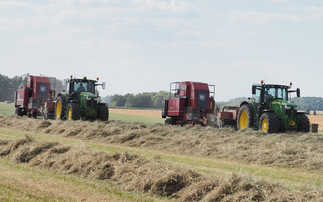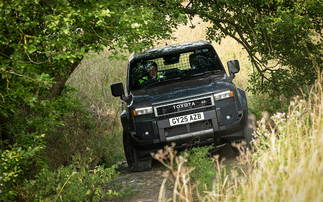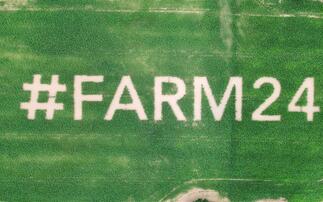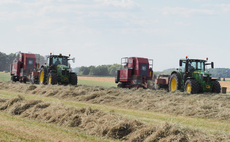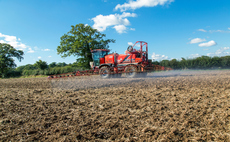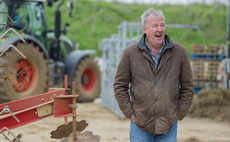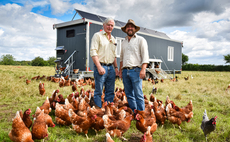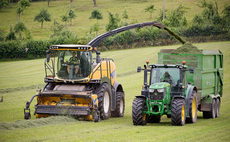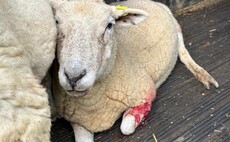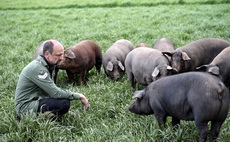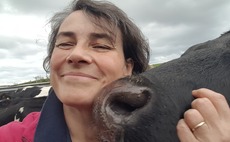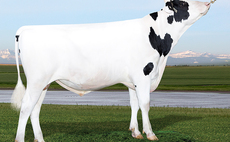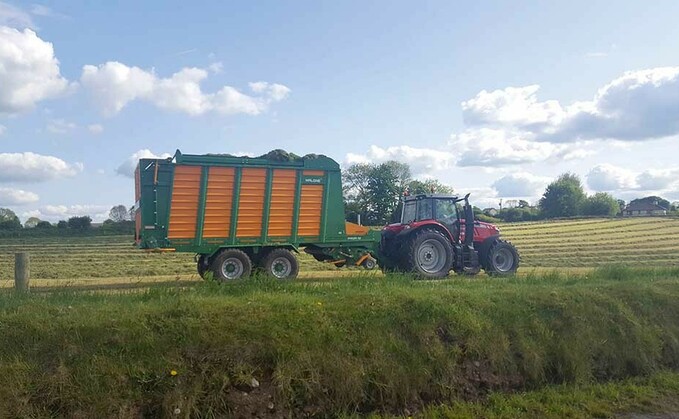
Bringing the silage-making process in-house is something many livestock farms aspire to.
For one Cheshire beef rearer, a forage wagon has enabled flexibility to improve silage and cut machinery costs.
Tim Pickering farms 130 hectares, stocked with 530 beef bred calves, near Winsford, Cheshire.
Calves are bought from local markets and reared to an average of 22 months, supplying several Dovecote Park schemes.
While at least one season is spent grazing, fattening occurs in the sheds that remain from the dairy enterprise, which ceased production in 2005, when the focus turned to calf rearing.
Mr Pickering acknowledges that grass and forage crops make for the cheapest fattening diets, if grown and preserved correctly, particularly for his Hereford and Aberdeen-Angus cattle, which attract premiums.
The farm has always made its own silage, relying on contractors to provide transport help. Reliability and growing repair bills prompted a change in the way forage was preserved, as well as the machinery used.
Replacing a John Deere 6810 self-propelled forage harvester, the farm sourced a forage wagon from Malone Farm Machinery, in the form of its MT-52.
Mr Pickering says while historically the JD was a good machine, recently it had become a nuisance with reliability issues, culminating in the drum disintegrating and passing through the blower system.
Admitting he has always been a fan of the simplicity and streamlined operation forage wagons provide, Mr Pickering started looking for a demo machine to get the rest of the crop in the clamp.
He says: "Malone was more than happy to get a demo unit to me, help set it up and ensure it was the correct machine for our situation. A few dairy farmers around us have been running Malone forage wagons for a few years, and they all gave positive reviews of them, so in the end, we bought an ex demonstration machine."
The steering axle on the rear of the machine has also helped preserve the turf.
He says: "We never scuff the ground when doing tight headland turns, and the manoeuvrability of the machine really belies its size with the steering axle. Getting into gateways is not an issue any more, and it is easy to navigate round the yard to the pit."
Work rates are similar to what was achieved with the self-propelled, but, crucially, fewer resources are being used. In a heavy first cut, Mr Pickering says up to 1.6ha/ hour can be harvested, rising to 2.4ha/hour in a third cut.
He aims to harvest 22-24ha per day, which gives the tractor on the clamp plenty of time to roll and compact grass, which he admits is harder to do with the fluffier grass from the wagon.
Feeding is carried out with a 2003 Zago King mixer wagon with horizontal augers. Maize and grass are added in a 40:60 split, with a kilo of straw per head added to the mix.
A kilo per head of concentrates is fed out on top of the silage mix with an auger bucket for the steers, with heifers fattening off the silage.
So far, the wagon has proved reliable and robust. The only problem has been getting punctures in the pickup rotor wheels, but Mr Pickering plans on filling them with foam.
Repairs
Going from a three-metre pick-up reel on his forage harvester, Mr Pickering was expecting issues with the volume of crop the wagon would need to gobble up, however he has been impressed with the speed at which he can feed grass into the pick-up.
He says: "Having demoed another machine which had a 1.6m pickup, I was unsure if the 2m pickup was going to be big enough, but it easily picks up everything in between the tractor's wheels."
Overall, Mr Pickering is pleased with the new system for ensiling grass.
He says: "We have taken the uncertainty of contractors out of the equation, relying on two people to cart and buck rake, rather than the six that we used to need. The stress has been removed from the job and, as long as we have interpreted the weather right, we can go at a good steady pace, and we know that every job is getting done correctly.
"We have hopefully cut out any surprise repair bills, and I believe we will get at least 10 years' service out of the wagon. The cattle look to be doing better than when they were on precision-chopped silage, and there is less effluent coming out of the pit.
"For us, the forage wagon has made silage a lot simpler and easier, without having lots of machinery that only occasionally gets used."
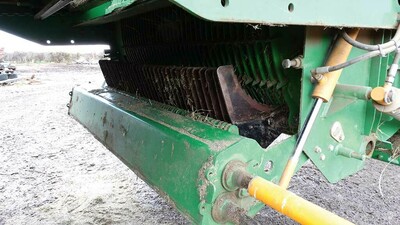
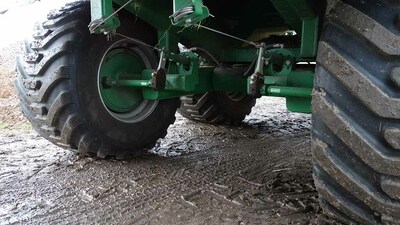
Verdict
A self-propelled chopper 'blow up' prompted a look at a forage wagon, which has proved effective with good output, lower running and manpower costs, and less dependence on organising a team of operators and machines.









